TIFFANY WINDOWS DONORS
Distinguished Benefactor • $250,000+
The Waldman Family
Lead Donor • $100,000 to $249,999
Ventus Charitable Foundation
Patron Donors • $50,000 to $99,999
Anonymous (in memory of Rebecca Binder)
The Foscue Foundation and Ellen Johnson (in memory of Carol Wallace)
Marsha and Martin Heimann
The Julian Stern Trust (in memory of Julian Stern and Sharon Farris Stern)
Visionary Donors • $10,000 to $49,999
The Berkheimer Foundation
Joan B. Cole
Jim Edwards and Jamie Musselman
Robert and Susan Gadomski
Deborah and James Heeps
Larry and Ann Heindel
David and Patricia Hoffman
Penny Holman
Mary Anne and Doug Johnson (in memory of Carol Wallace)
Keystone Savings Foundation
Donna and Russ Leibensperger (in memory of Frank and Leanne Bauer)
Mrs. Nancy Light
Beth and Brad Mitchell
Tom and Amy Scalici
Society of the Arts (SOTA)
Michelle and Rick Stringer
Carol Watters
Dr. Carol Shiner Wilson (in memory of Dr. Daniel J. Wilson)
Wyeth Foundation for American Art
Major Donors • $5,000 to $9,999
Marlene Ambrogio
Anonymous
Charlie and Pam Dent
Al and Jill Douglass
James and Mary Klunk
Stephen Link Family
Chris Martin
JoAnne Pekarik
Heather Rodale and Carl Barndt
Kenneth and Nancy Stott (in memory of Edward Stott)
Donors • $1,000 to $4,999
Jeffrey and Stephanie Alter
Allentown Art Museum Auxiliary
Jim and Terri Bartholomew
George and Judy Bloeser
Estelle Browne-Pallrand
Robert A. Burns
Sandra and Richard Burroughs
Dot and Michael Ervin
William Hacker
Elsbeth and Steve Haymon
Jane and Andrew Hospador
Ellen Johnson (in memory of Carol Wallace)
Walt and Teri Johnson
King, Spry, Herman, Freund, & Faul, LLC (on behalf of Kent Herman)
Sally and John MacGowan
Albert and Rebecca Matz
Ronald and Cathy Mordosky
Mrs. Bertie Musselman (in memory of Mr. James Musselman)
Tony and Nancy Odorski
Mary Jane and Victor Risch
Dr. Thomas Schantz
Maureen and Aaron Shuman
Carol Smoll
Jill and Howard Stevens
Barbara and Arnold Traupman (in memory of Carol Wallace, Bonnie Baca, and Barbara Pearson)
Constantine and Nikki Vasiliadis
Keith and Jill Weinhold
Mary and William Zegarski
Friends • up to $999
Carolyn Anderson
Tom Andrews
Anonymous
Elinor and Richard Antoniuk
Connie and Robert Archer
Dirk Bach and Kay WalkingStick
Corliss Bachman
Deborah Baer
John and Toni Baker
Ken Baldwin
Ibolya Balog and Harry Crapser
Cassandra and Robert Barnett
Ann and Craig Bartholomew
Christine Bauder
William Bauman
Pat Beldon (in honor of Lynda Somach’s birthday)
Ann Biernat-Rucker
Ray and Sandra Biery
Catherine D. Birns
Jean Blakesley
George and Judy Bloeser
Elizabeth and Bruce Bodien
Alison Boor
John and Rebecca Bowen
Lorena and Ricardo Bravo
James and Rebecca Bronfenbrenner
Kimberly Brown
Florine Burkhard
Barbara and Kenneth Carlson
Jane Cease
Mr. and Mrs. Marc J. Chase
Carl Chegwidden
James Chlipala and Arlene Ginsburg
Jackie and Alan Cochrane
Howard S. and Sharon Cohen
Howard and Sharon Cohen (in honor of Lynda Somach’s birthday)
Charles and Shirley Daluisio
Elliot and Carolyn Davis
Mary Ann Davis
Stella DePaulo
Ron De Long and Vincent Di Cicco
Ellen Dorsey
Ruth Doty
Joanne Dubil
Mr. and Mrs. John Edge
Steve Elliott
Molly Faust and Ken Baumert
Fran Favretto
Lisa Ference
Estate of Miriam Ferlino
John and Maureen Fernbacher
Mark and Laurie Fine
Chris and Raymond Forsthoefel
Lauren Fotiades
Brian and Gean Ann Frack
Jane and Glenn Fretz
Steve Gehringer
Mary Jo Gonsiorowski
Mrs. Shirley H. Gordon
Susan Gottshall
Brenda Green
Sandra Greenfield
Lorraine Gyauch
Melissa Hagemann
Ms. Sandra Hassenplug
Harriet Hauff
Mrs. Emilie Heesen
Mark and Linda Held
Peggy and Kent Herman
Bradford Hillegass
Bryan and Diana Hodgson
Ann and David Hohe
Donna Holton
Elizabeth and M. Horman
Barbara Hornberger
Barry and Jamie Huett
Jack and Debbie Jeffries
Rebecca Johnstone
Mr. and Mrs. Lloyd H. Jones
Vickie Kahler
Anne Karrash
Paula S. Kay
Martin H. Kimiatek
Glenn Kinard
Jane King
John and Donna Kipila
Jeanne and Joseph Kipp
Julia Klees
Lenore Kohl
Kerry Ann Kollhoff (in memory of Marjorie and Donald Weiand)
Penny Kornet
Lisa and Dave Kovacs
Lila Kromer
Ann Lampi
Marilyn Lanzone
Audrey Larvey
Ellie Laubner
Dr. and Mrs. Dieter W. Leipert
Jacqueline Lewis
T. E. and Janet Little
Roberta and Richard London
Kathy Long
Sam and Jane Long
Kathleen Makoid
Dianne Pagano Manges
Marie C. Maly
Marie and John Maly
Eleanor Marshall
Richard McCauley
June McCracken
John R. McGahey
Linda McMeekin
Joan G. Miller
Franklyn Miscione
John and Betty Moran
Dennis Murphy
Mr. and Mrs. Kevin Murphy
Holly Myers
Shelley Noble
Lynn and Gerald Noll
Dr. Christine I. Oaklander (in memory of Mary Alice MacKay, Christine’s mentor in all things Tiffany)
Michael and Barbara O’Brien
Wendy O’Connor
Michiko Okaya and George Panichas
James and Beverly Olson
Lisa Pang
Joyce Partington
Joanne Pekarik (in memory of Edith Crockett Roeder)
Pamela Pepper and William Kreider
Mary Pickering
Gary Pintar
Mr. and Mrs. Ronald Pratt
Deborah Prince
Kathleen Rehm-Kadingo
Tom Repasch
Edythe Ressler
Oscar and Joan Reyes
Faye Richelderfer
Anne Ritter
Gary Rohrbach and Dee Eng
Jessica and Robert Ruisch
Mr. and Mrs. Peter Ryan
Mr. and Mrs. Frederick Sanek
Mr. and Mrs. Richard Santee
Nina Scharkan
Sally O. Shaffer
Dr. Mark and Mrs. Lynne Shampain
Glenn and Mary Simmons
Nadine Sine
Elaine Smith
Mr. and Mrs. Alan J. Snyder
Penny Spugnardi
Anda Staab
Loran and Walter Staehle
Kathryn A. Stoudt
Amanda Strauss
Dennis and Joan Strong
Dr. Mike Stroock and Mrs. Dolores Yundt
Joseph Thornton
Abigail Torres and Eric Melendez
Bernie Tyler
HelenBeth Vilcek
David Voellinger and Lona Farr Voellinger
Judith Walck
Joan Warzeski
Emily Webb
Linda Weber
David Weiss and Chris Mecke
Deborah A. Wilson
Diane Windham Shaw
Eleanor Workman
Sandra Young
Rosemary Zambo
Steve Ziminsky
Media Sponsor

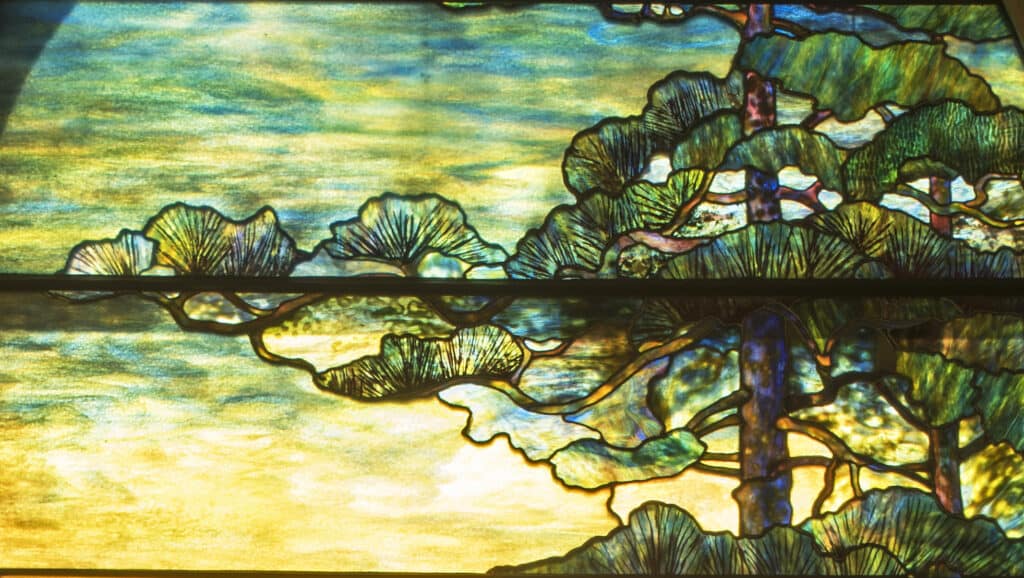
Tiffany Studios (American, 1902-1932), design attributed to Agnes Northrop (American, 1875-1953), Thompson Memorial Window (detail), 1913, leaded Favrile glass. Allentown Art Museum: purchase, Leigh Schadt and Edwin Schadt Art Museum Trust Fund and with the generous support of more than 220 donors to the Tiffany Windows Campaign 2017-2025. (2024.8.1)
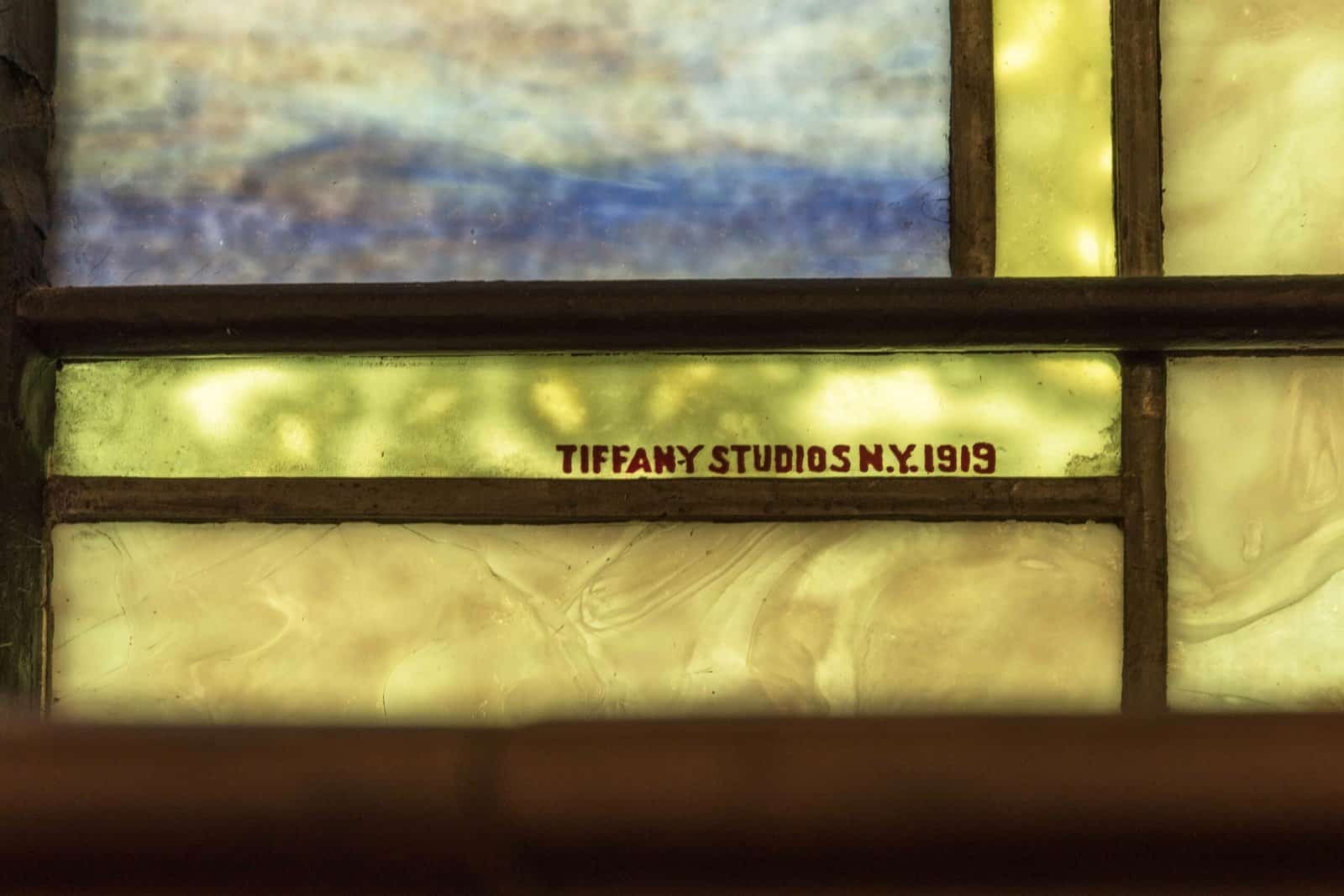
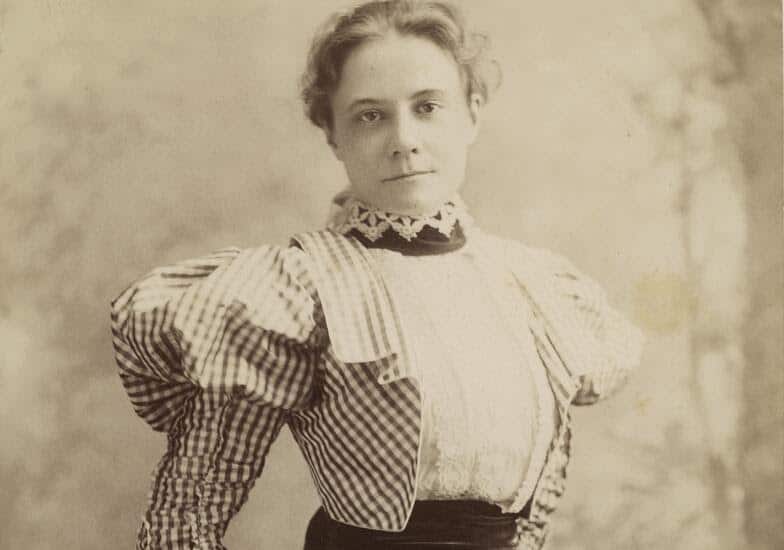


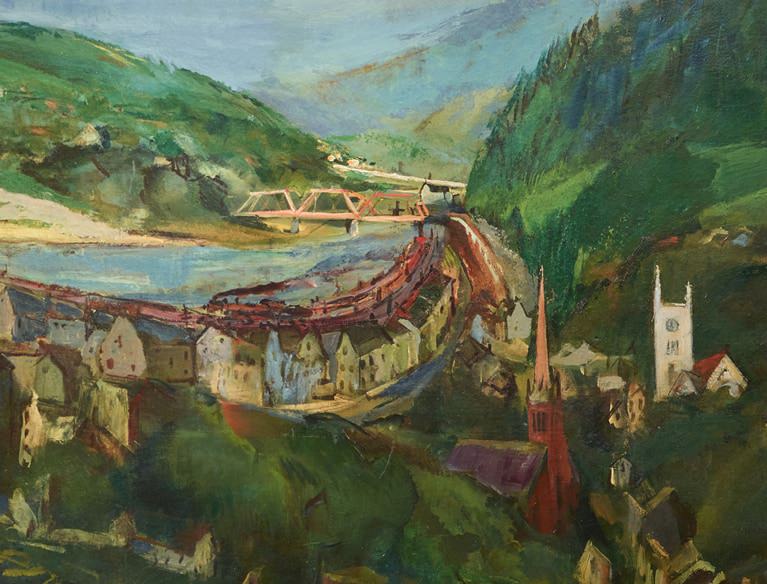

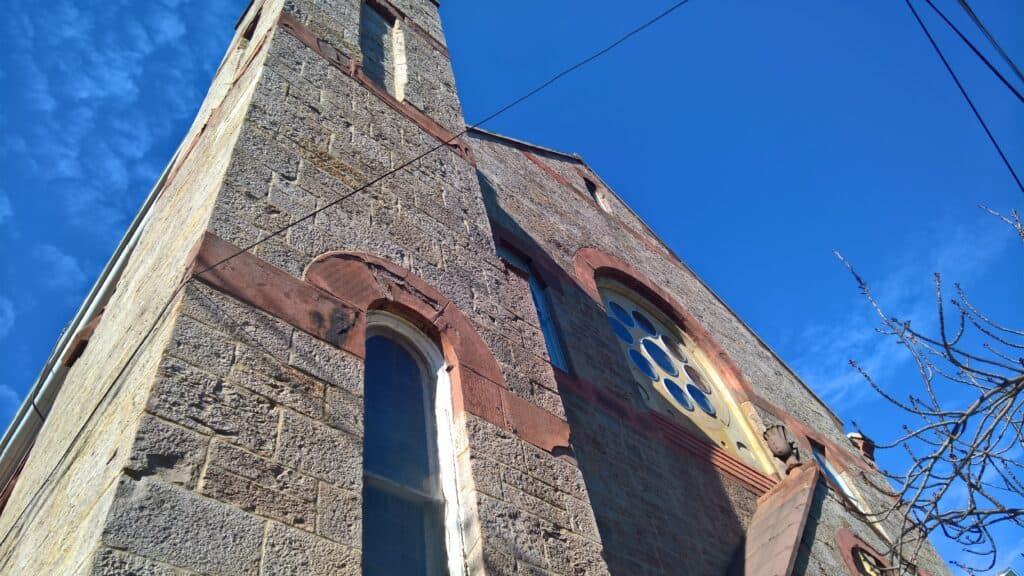 The acquisition fees received by Pottsville’s United Presbyterian Church have provided the capital needed to upgrade the church’s sorely outdated heating system. The church is also using a portion of the funds to maintain and expand a number of social programs: a homeless shelter, a food bank, a preschool, and a mother’s support group. These are key programs in Schuylkill County, one of the most impoverished counties in Pennsylvania.
The acquisition fees received by Pottsville’s United Presbyterian Church have provided the capital needed to upgrade the church’s sorely outdated heating system. The church is also using a portion of the funds to maintain and expand a number of social programs: a homeless shelter, a food bank, a preschool, and a mother’s support group. These are key programs in Schuylkill County, one of the most impoverished counties in Pennsylvania.
